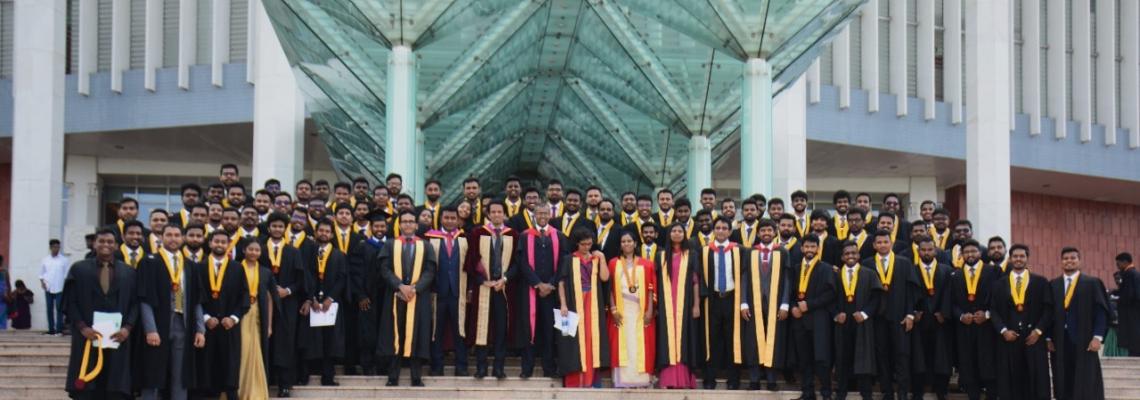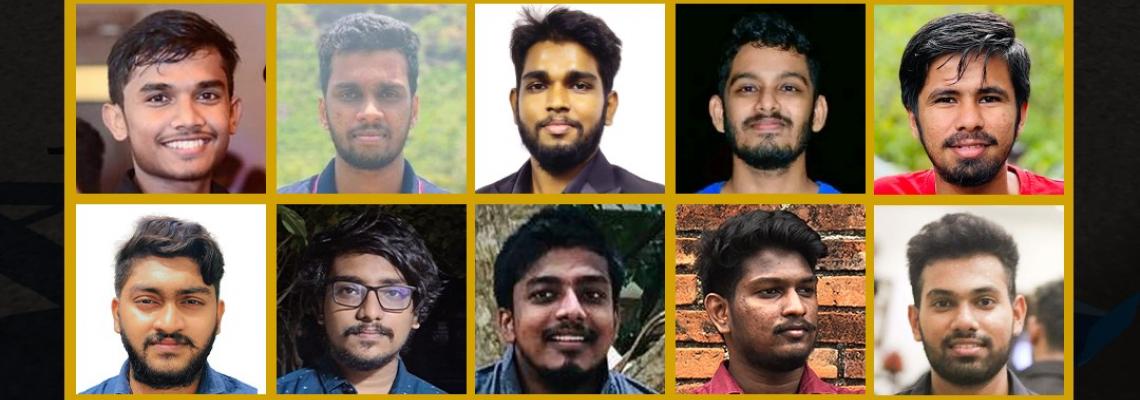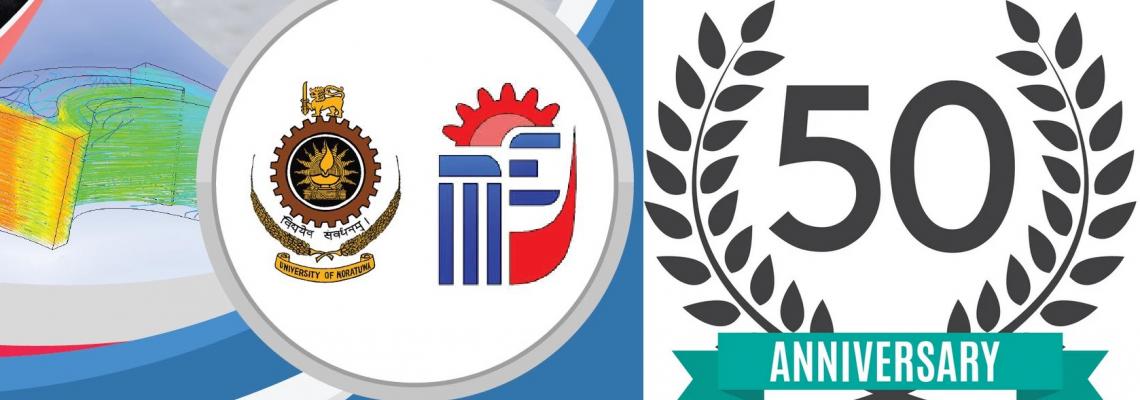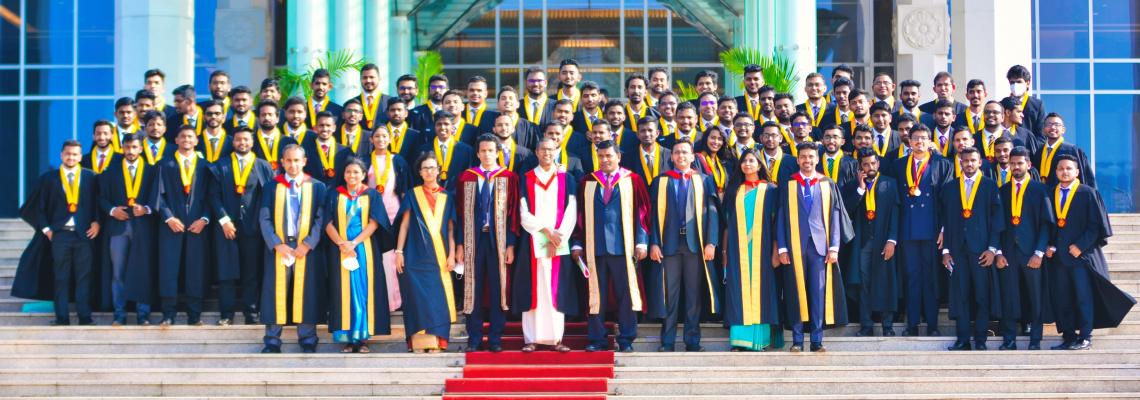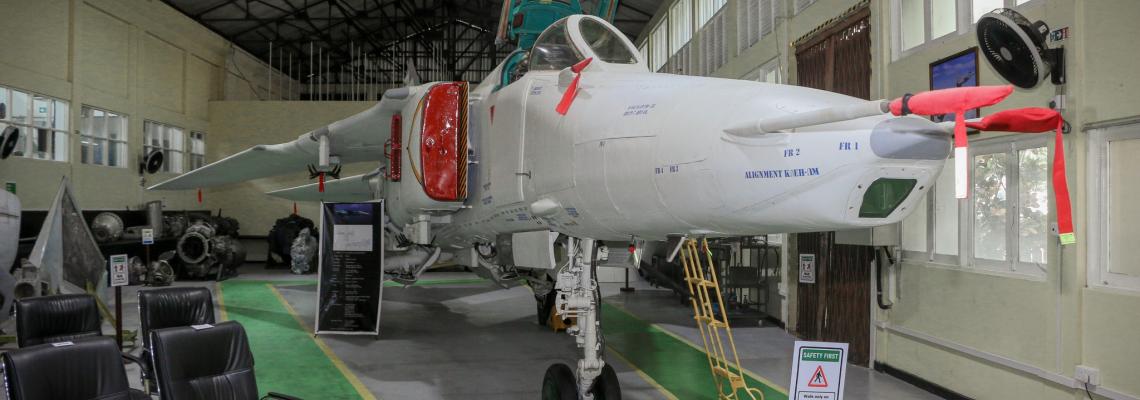A Robotic Prosthesis for Lower Limb Amputees
A robotic lower limb prosthesis is an active device that replaces all or a part of the lower extremity. It provides the amputee the opportunity to perform functional tasks, particularly ambulation (walking), which may not be possible without the limb. The design of the prosthesis is depend on the functional level of the amputee and it is geared toward comfort.


